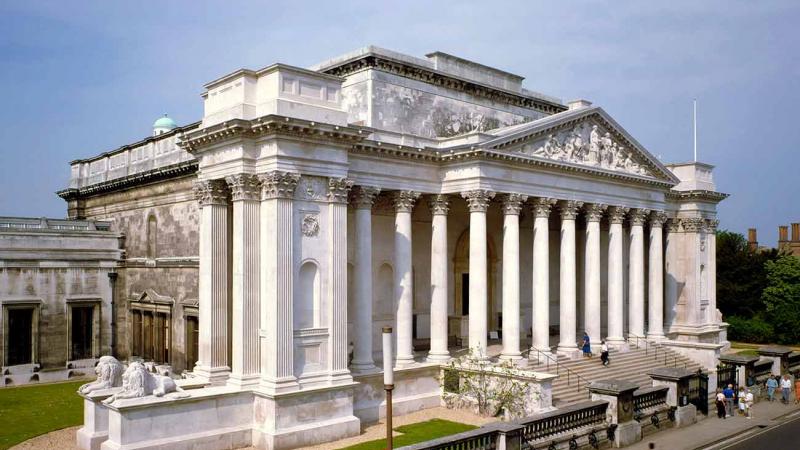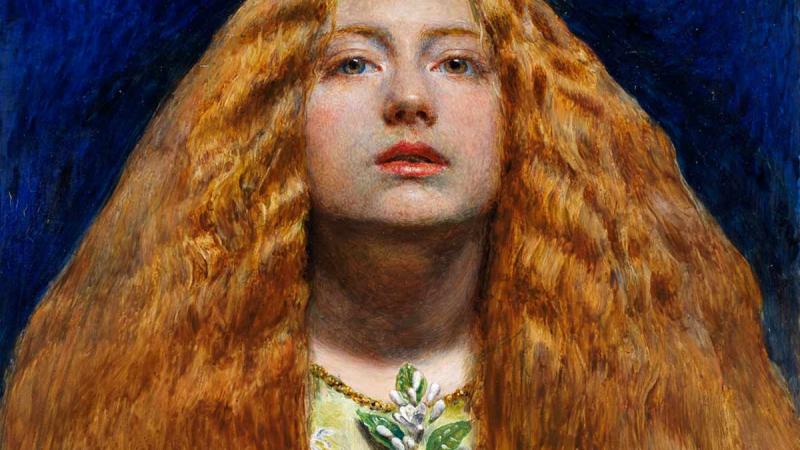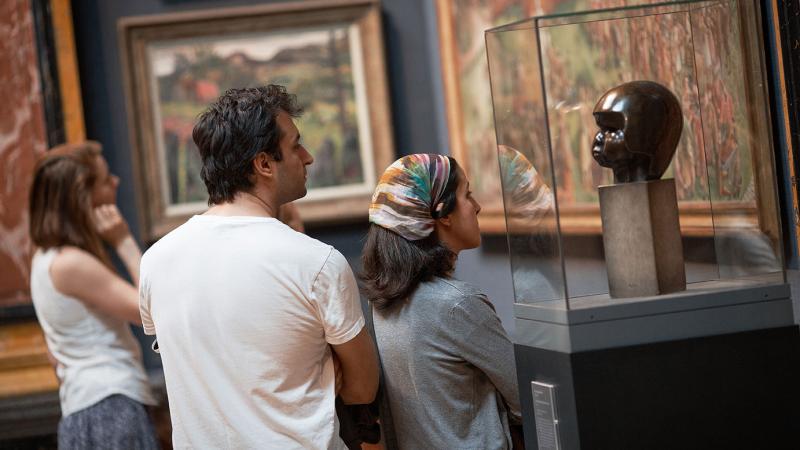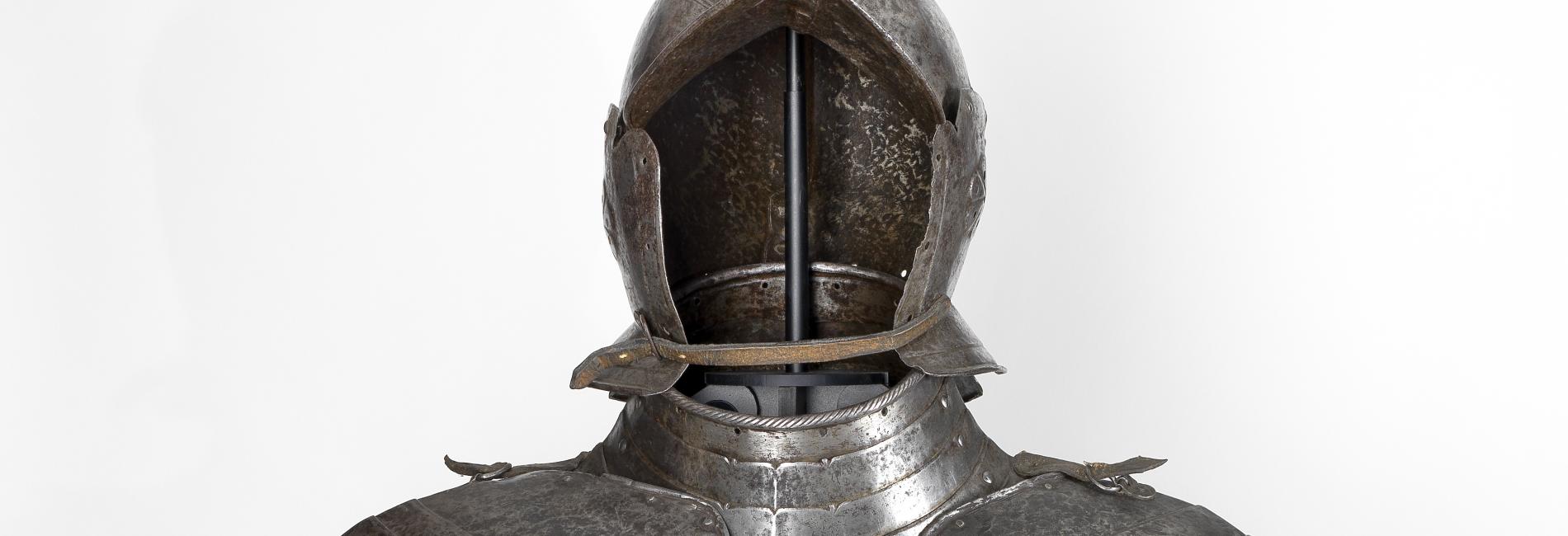Information
Close links with the Department of History of Art and other arts and humanities departments including Archaeology, Classics, Modern and Medieval Languages and History.
We work with researchers in science-based disciplines including Applied Mathematics and Theoreotical Physics and Engineering.
Dr Jo Vine, Research Facilitator
The Fitzwilliam Museum’s collections are among the most important in their categories in Britain and the world, and are a vital resource for research in the history of art, archaeology, material and visual culture.
Founded in 1816, the Museum houses more than 500,000 objects from antiquities to decorative arts, coins and medals, manuscripts and printed books, paintings, drawings and prints, spanning six continents and over 5,000 years of history.
The Hamilton Kerr Institute, a department of the Fitzwilliam Museum, plays a world-leading role in conservation practice, teaching and research into easel paintings. In this environment the Institute aims to educate painting conservators to the highest standard and to contribute to scientific, technical and art historical research. The HKI works with and for numerous collections in the UK, including the National Trust, Royal Collection, Historic England, National Portrait Gallery and Wallace Collection.

Departments and their collections
- Ancient World: Ancient Near East; Cyprus, Egypt; Greece & Rome; Kemet and Kush; Nubia and Sudan
- Applied Arts: arms and armour; arts of Asia; ceramics; glass and enamels; furniture and clocks; Islamic Art; sculpture, ivories and woodwork; silver and jewellery; textiles and fans
- Coins and Medals
- Manuscripts and Printed Books: archives, fine printed books, illuminated manuscripts, literary manuscripts, music
- Paintings, Drawings and Prints: paintings, prints, watercolours and drawings

Researchers at the Fitzwilliam and Hamilton Kerr Institute (HKI) study an exceptionally wide range of artworks and objects of material culture, including ancient artefacts, coins, drawings, jewellery, literary texts, manuscripts, paintings, painted surfaces, prints and sculptures that cover a vast time period, from the ancient world to the twenty-first century. In addition to collections-based research, the Museum has particular strengths in practice-led research in learning, digital humanities and conservation. For an overview of current projects, please see the Museum's Research Projects page.
Some of our broader research fields include:
Integrating technical art history and heritage science into "traditional" arts and humanities methodologies, using:
- medieval objects, included painted decoration in UK churches, polychrome wooden sculptures, medieval and Renaissance manuscripts
- ancient Egyptian coffins
- sixteenth- and seventeenth-century portrait miniatures
- ancient Mediterranean collections.
Digital humanities and learning, engagement and impact:
- the value of arts and culture and what difference they make to individuals and communities
- offering collections-based resources in schools and digital making in museums; researching the experiences of very young children in museums
- using crowdsourcing platforms to make museum and archival data more accessible and open for research and engagement
- open data and research, including 3D imaging

The Museum is particularly keen to engage in research collaborations across the University, within the University of Cambridge Museums and beyond around three main areas of interrelated focus: art and our lives, making and technology, art and science.
The Fitzwilliam is also in the process of developing annual themes. For academic year 2020/21 Whose Truth? will be the focus and 2021/22 will look at Islands and Empires. We are keen that activities happening in each academic year have a clear engagement with the relevant theme and will be aiming to release themes 5-10 years ahead to give researchers the opportunity to plan collaborations with the Museum into long-running research projects.
Our exhibitions and public programming are linked to the Museum's annual themes. For all project proposals, we’ll ask you to work with relevant colleagues in the Museum to put together a project proposal that will be approved by our Senior Management Team. We plan exhibitions around 3-5 years in advance and all exhibitions are approved by the Museum’s exhibitions committee, which meets around 3-4 times per year.
We are keen to collaborate with researchers at all levels of engagement: from the small-scale – such as lunchtime talks, delivering a session during a museum Late or supporting undergraduate and postgraduate dissertations on the collections or museum practice – to partnering with us on developing and delivering major research-led exhibitions.


